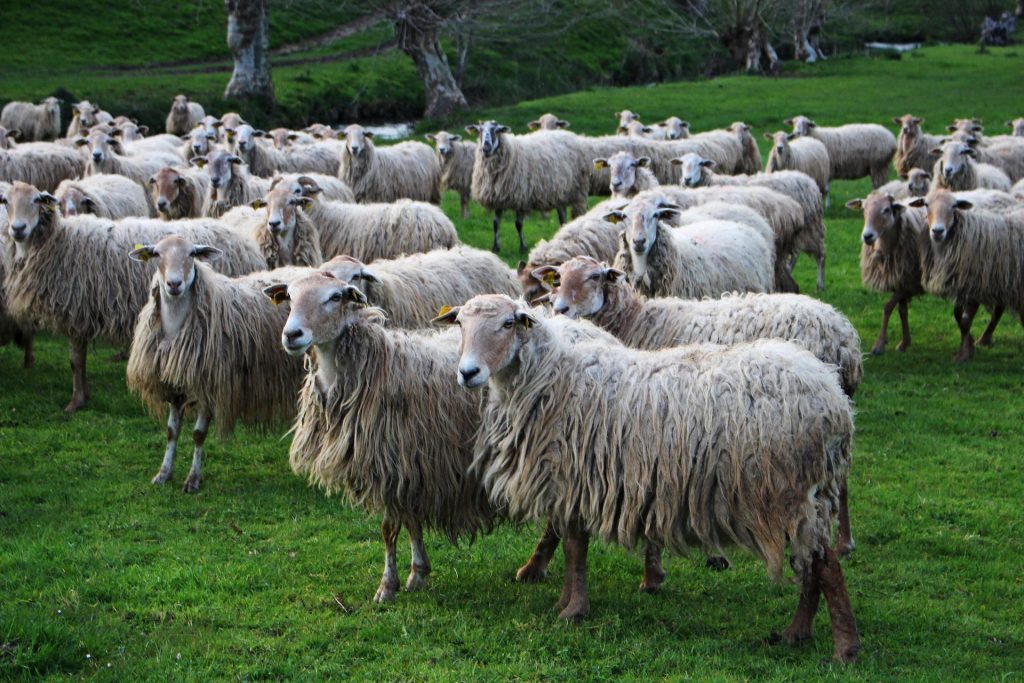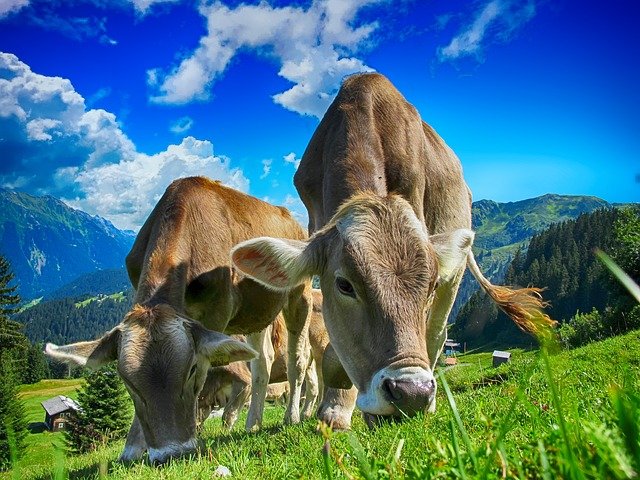Even if you don’t know the meaning of the word ‘biodiversity’, I am quite sure you have heard about global warming. So, I will start adding flesh to this discussion from the context of global warming and progressively open your eyes to the dicey predicament the livestock industry is plunging the earth into.
With global warming ravaging the world and scientists devising means of slowing down the rate of earth’s deterioration, what if I told you we have been lied to? Maybe not a complete lie but from my viewpoint, a half-truth is a lie. According to scientists, we have about 12 years to turn the environmental crisis around or face more severe consequences. Several findings posit that greenhouse gases including Carbon dioxide, CFCs, and methane are responsible and the major culprits were the petrochemical, automobile, and other major manufacturing industries.

So here is the lie. Unlike the most popular view peddled for years, the livestock industry is the major culprit in the emission of the greenhouse gas that keeps heating our atmosphere and destroying the myriad of life forms that embellish the earth. According to a study published by the United Nations in 2006, cows produce more greenhouses gases than the entire transportation sector combined accounting for 18% of greenhouse gases against 13% from the transportation sector. They produce in large amounts, the gas methane, which is 25 – 100% more destructive than CO2 from cars, planes, and boats. In 2009, a world watch report shows that the amount of methane from livestock was closer to the value of 51% than the meager 18% from the United Nations. It staggers the mind to think that in a bid to eat meat, man is potentially putting every life form (biodiversity) on earth in jeopardy including himself.
How does livestock production alter biodiversity?
At this point, you will have realized that the term ‘biodiversity’ refers to the staggering amount of diverse plants and animals that take the earth as their home. Having clearly stated the effects of livestock farming on the atmosphere in the context of global warming, what are other ways that it affects life as we have it?
Our ecosystem is rich with a complex system of diverse lifeforms that are intrinsically interdependent. These species range from the gigantic elephants and blue whales to the microscopic soil microbes, and the giant mahogany in the rainforest to the blue-green algae in the sea. Animals depend on plants for survival while the plants do the same from the soil microbes that fix nitrogen, each serving to maintain balance within the ecosystem. According to Duncan Williamson, food policy manager at World Wildlife Fund, U.K, 30% of the biodiversity loss can be attributable to several aspects of livestock farming. Raising animals for food consume 33% of all earth’s fresh water, 45% of the earth’s land, and accounts for 91% of Amazon’s destruction.
Agriculture is resource-intensive (requiring land, water, and animal feed). Using land for open-grazing is perhaps responsible for most loss of land to erosion and waterlogging. Animal hoofs compact soil, damage its texture and structure consequently making it prone to erosion and waterlogging and unfavorable for the growth of native plants. Also, the planting of specific plants for animal feed alters the biodiversity by crowding out other plant species and undermining genetic variability that is required within an ecosystem to maintain balance and prevent crop failure. In the rainforest, livestock and their feed crops are responsible for 136 million acres of land being lost in comparison to the 36 million being cleared for palm oil.
According to a documentary, Cowspiracy, as many as 2.7 trillion aquatic animals are pulled out of their home in a bid to meet the human need for fish annually. However, for every pound of fish caught, as many as 5lbs of untargeted aquatic species lose their lives in the fishnet including dolphins, sharks, and turtles. Between 40 and 50 million sharks are killed each year portraying how livestock farming is devastating the earth’s biodiversity.
Also, livestock waste management is a big contributor to the loss of biodiversity. Livestock waste is a huge problem seeing that they produce 130 times more waste than the entire human population, with little to no waste management. These wastes pollute the environment when they runoff from farms into water bodies where they cause eutrophication or algae bloom that saps oxygen from these water bodies. Between 13,000 and 20,000 square kilometers at the mouth of the Mississippi become a dead zone during the summer due to agricultural runoffs.
Why biodiversity matters?

Perhaps the most important need for biodiversity is the importance of maintaining genetic variability within an ecosystem. According to scientists, genetic variability reduces the risk of crop failure and animal fall to epidemics. Given their different genetic makeup, plants and animals in a biodiverse habitat are more resistant to extinction events in the context of disease and extreme environmental changes.
Every living thing in the ecosystem has a role assigned to it by nature. Eliminating it ultimately results in an imbalance that will tell negatively on other life forms including man hence, a need to preserve all.
Conclusion
The increasing dependence on animal products is spiraling into a vicious cycle that is harming the earth’s biodiversity. There is a need to make a U-turn before towards a more sustainable plant-based dieting if we are to save our planet and all life on it.